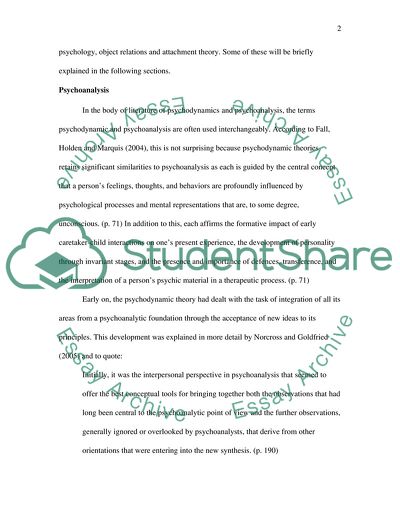Cite this document
(Contemporary Development of the Psycho-dynamic Tradition of Counseling Assignment, n.d.)
Contemporary Development of the Psycho-dynamic Tradition of Counseling Assignment. Retrieved from https://studentshare.org/psychology/1738711-contemporary-psychodynamic-counselling-theory
Contemporary Development of the Psycho-dynamic Tradition of Counseling Assignment. Retrieved from https://studentshare.org/psychology/1738711-contemporary-psychodynamic-counselling-theory
(Contemporary Development of the Psycho-Dynamic Tradition of Counseling Assignment)
Contemporary Development of the Psycho-Dynamic Tradition of Counseling Assignment. https://studentshare.org/psychology/1738711-contemporary-psychodynamic-counselling-theory.
Contemporary Development of the Psycho-Dynamic Tradition of Counseling Assignment. https://studentshare.org/psychology/1738711-contemporary-psychodynamic-counselling-theory.
“Contemporary Development of the Psycho-Dynamic Tradition of Counseling Assignment”. https://studentshare.org/psychology/1738711-contemporary-psychodynamic-counselling-theory.


